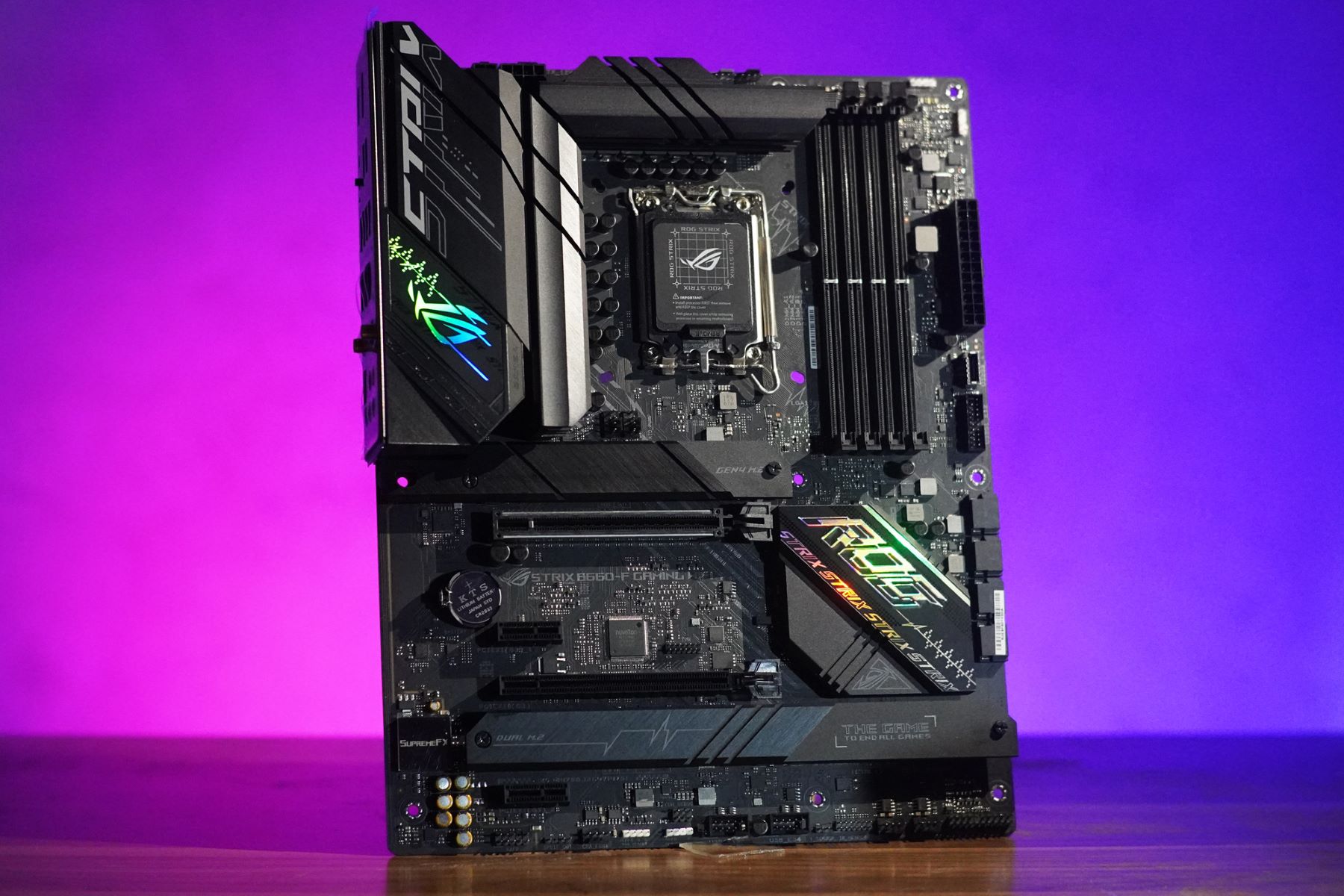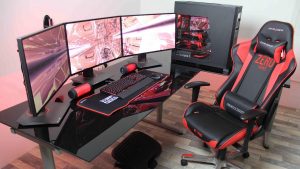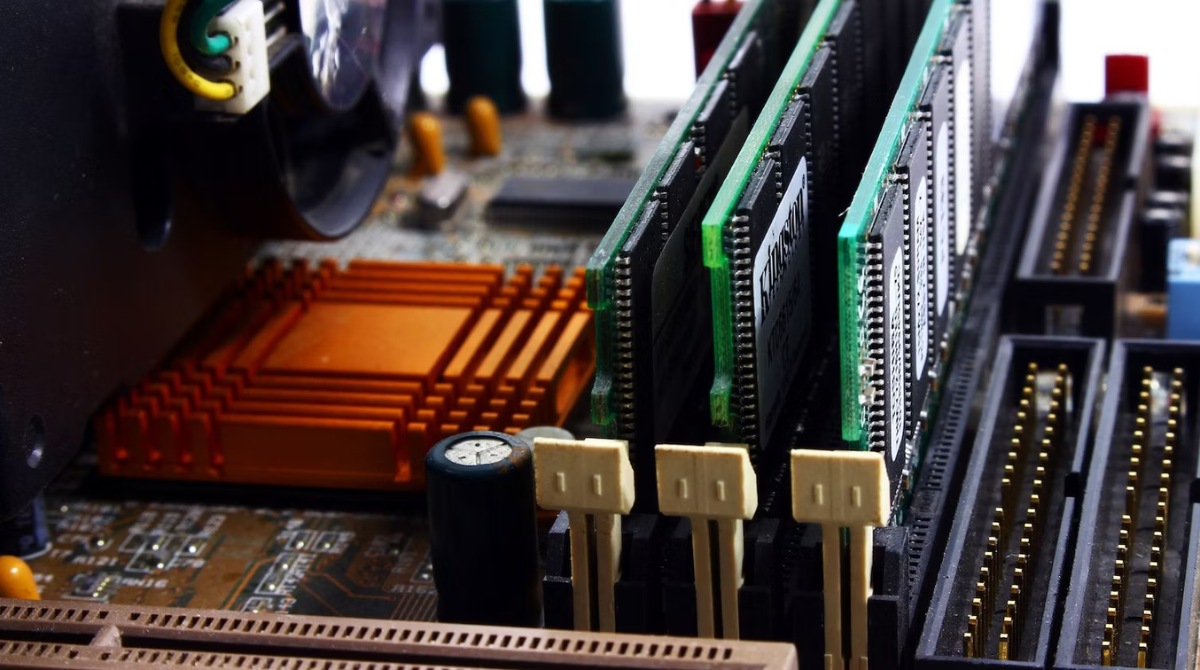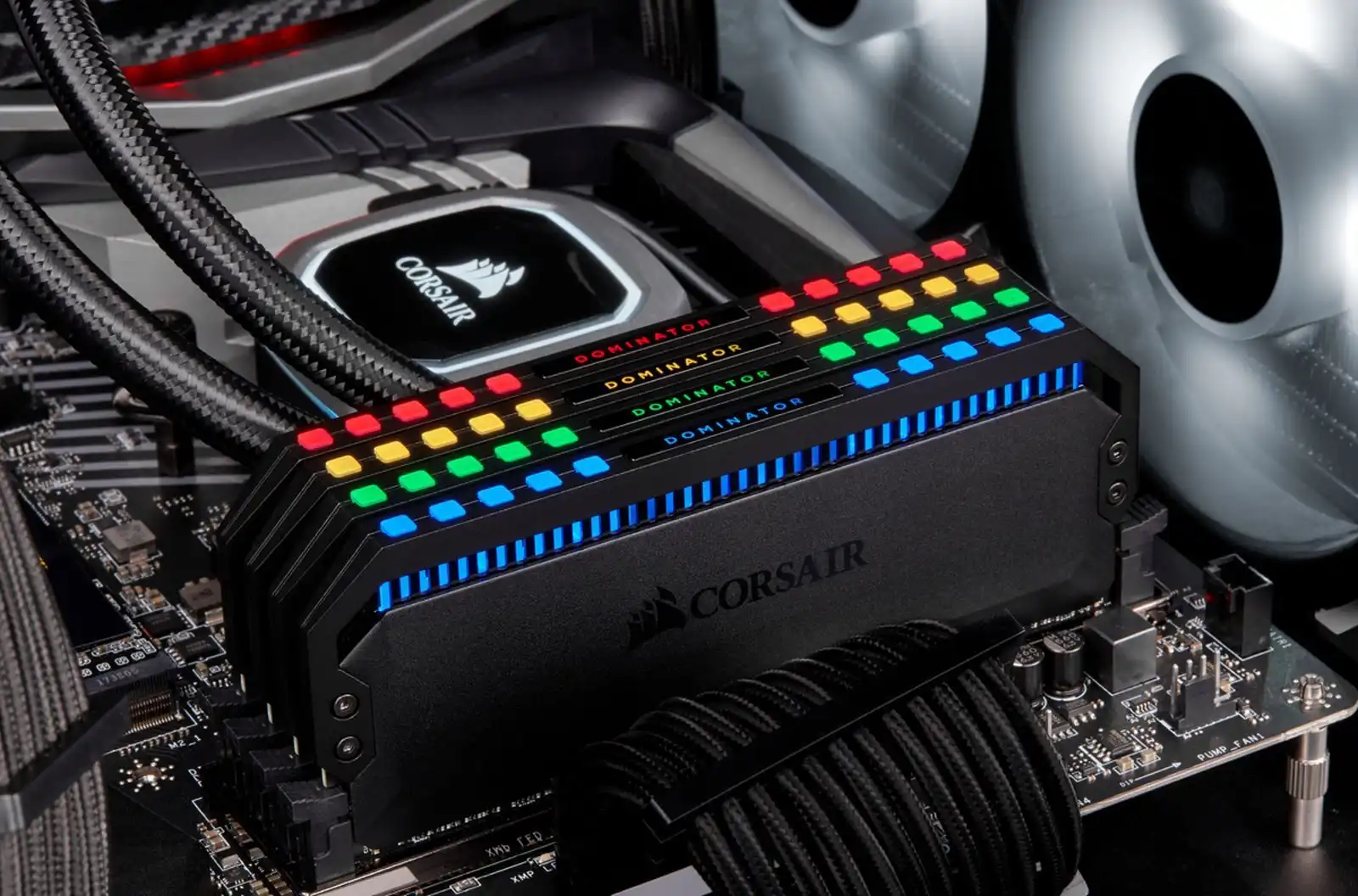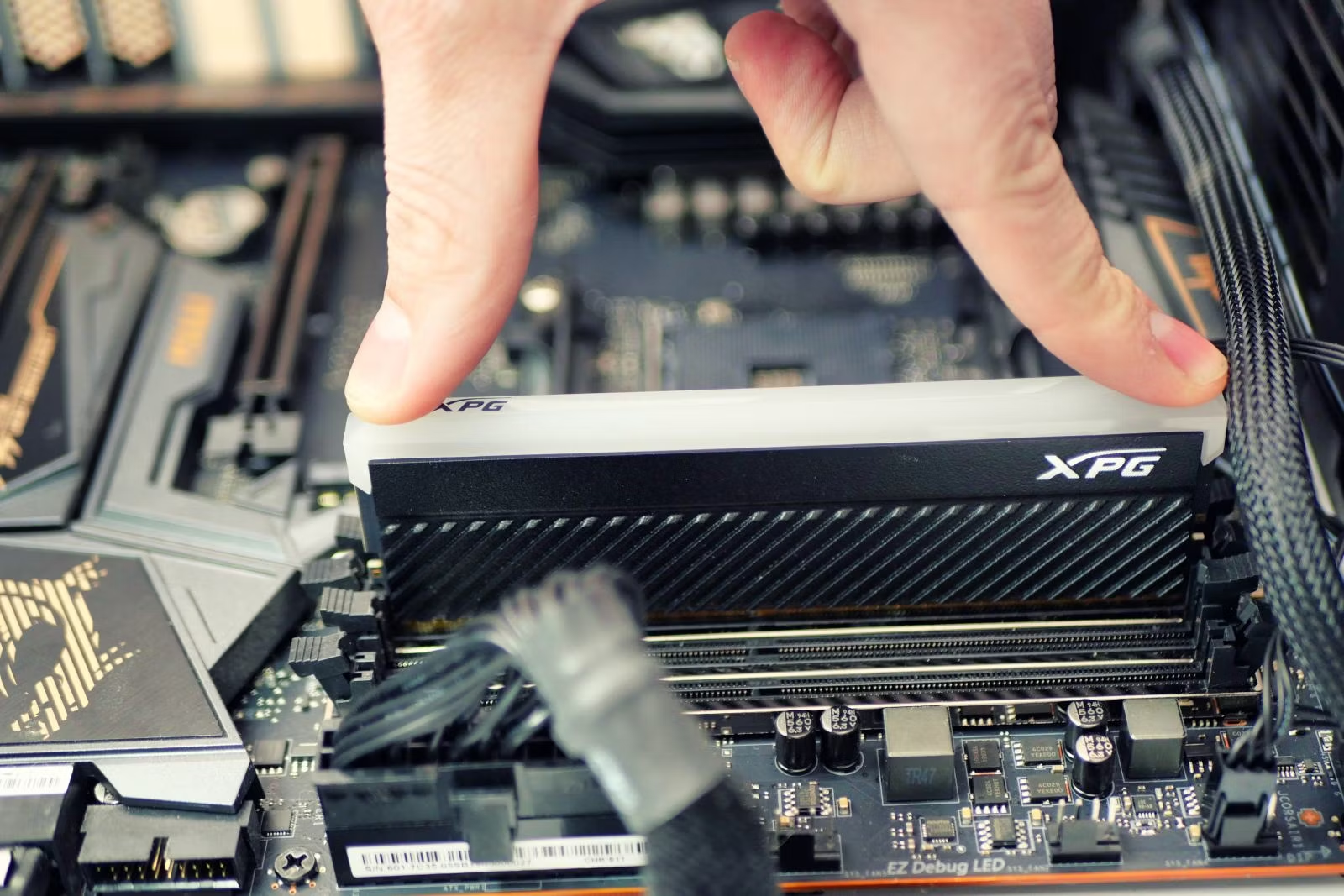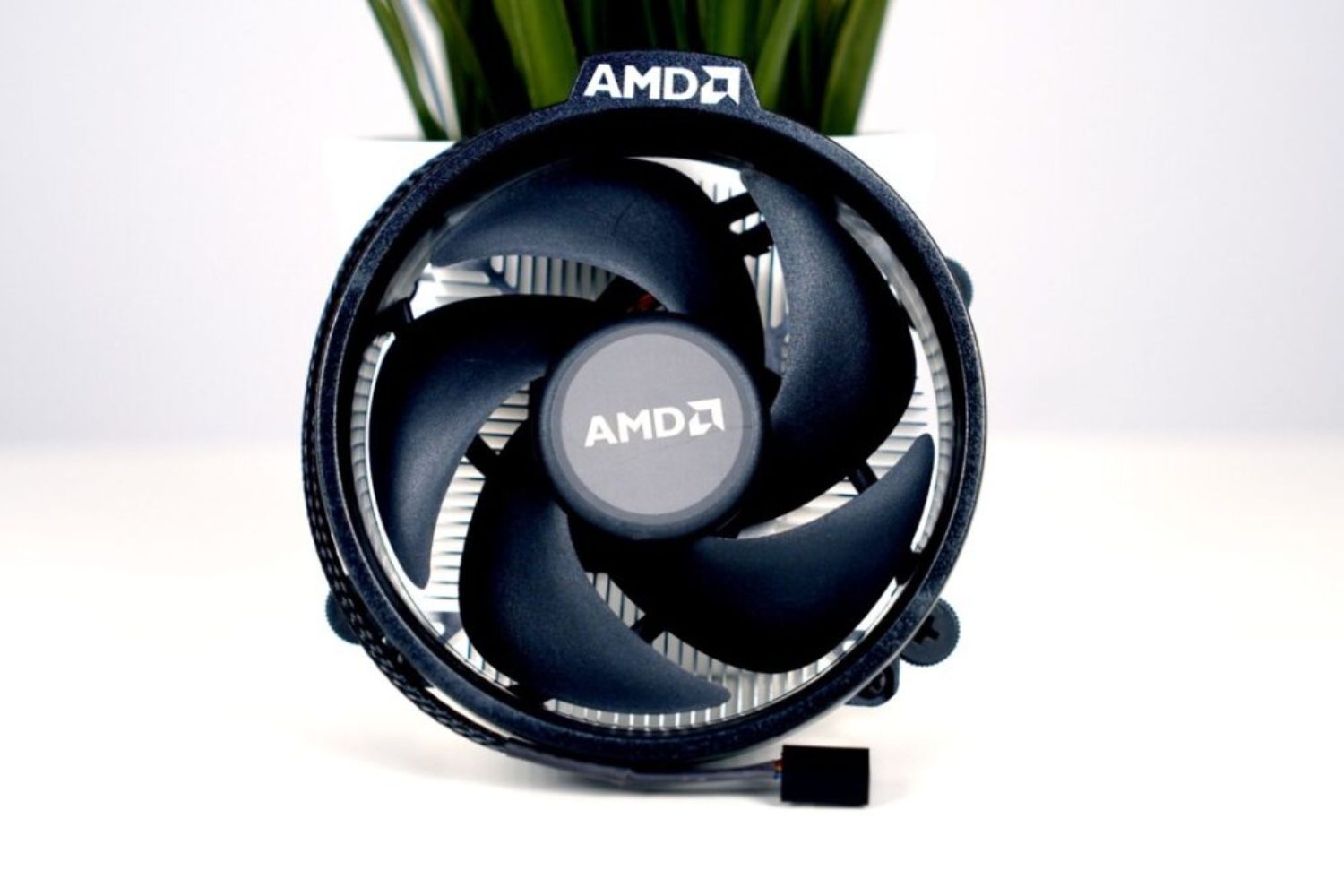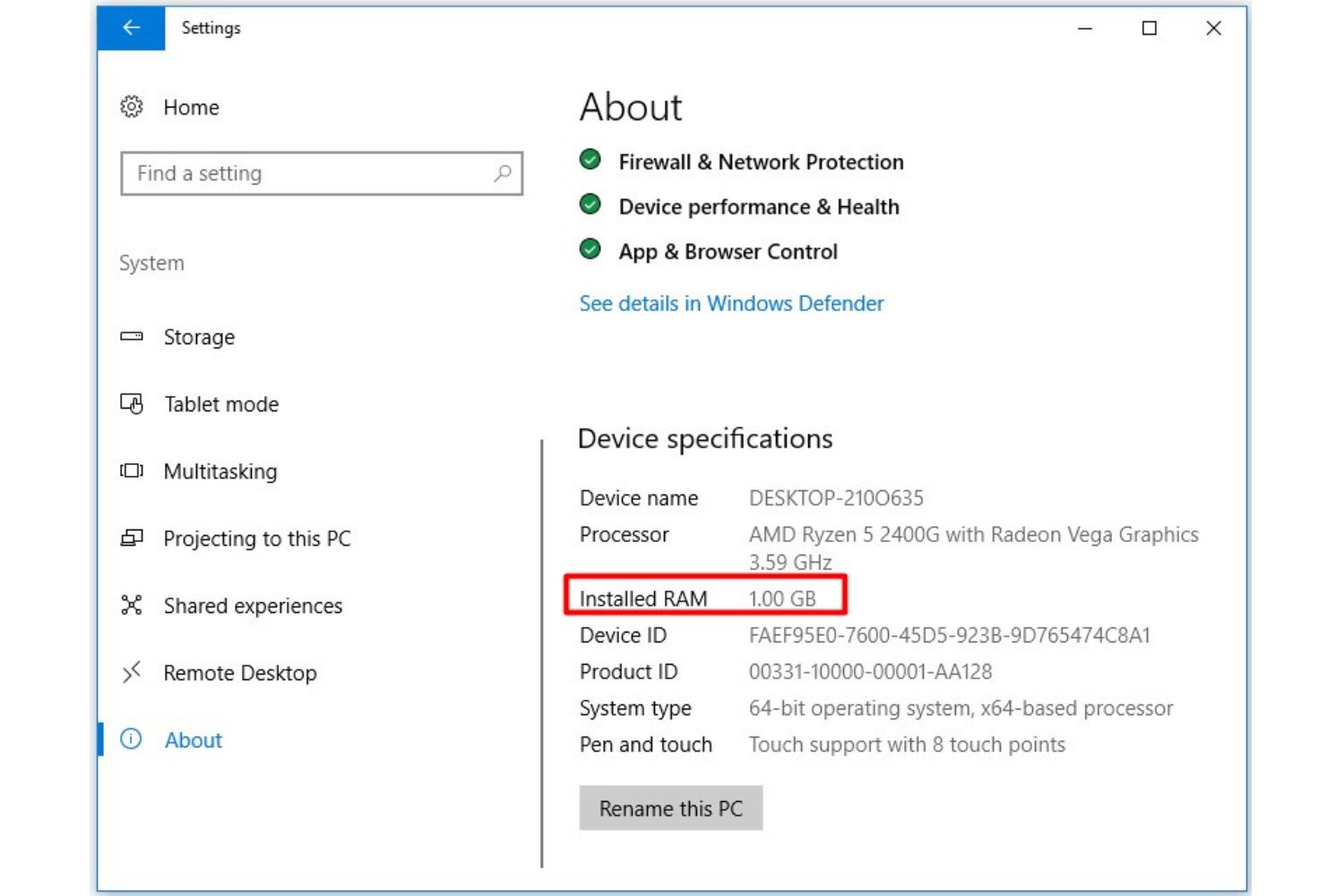Introduction
Welcome to the world of motherboards! If you’re in the market for a new one, you’ve come to the right place. A motherboard is the central component that connects all the vital parts of your computer, ensuring seamless communication and optimal performance. Whether you’re building a new PC from scratch or upgrading an existing system, choosing the right motherboard is crucial.
When it comes to purchasing a new motherboard, you may wonder about the factors that affect its price. Understanding these factors will not only help you make an informed decision but also ensure that you get the best value for your money. Additionally, knowing the popular brands, different types of motherboards, and key features to consider will further assist you in finding the perfect match for your needs.
With the advancement in technology, motherboards come in a wide range of prices, catering to different budgets and requirements. However, it’s essential to strike the right balance between your needs and your budget. Whether you’re an avid gamer looking for high-performance or a casual user seeking a reliable and user-friendly option, there’s a motherboard out there for you.
In this article, we’ll explore the various factors that affect the price of a new motherboard, the popular brands and their pricing range, the different types of motherboards and their costs, as well as the key features to consider when making your selection. We’ll also discuss whether it’s better to buy a new motherboard online or from a physical store, and provide some tips on how to save money in the process.
So, if you’re ready to embark on a journey to find the perfect motherboard, let’s begin by diving into the factors that contribute to its price.
Factors Affecting the Price of a New Motherboard
Several factors influence the price of a new motherboard. Understanding these factors will help you make an informed decision while ensuring the best value for your investment.
First and foremost, the chipset plays a significant role in determining the cost of a motherboard. Chipsets are responsible for managing the communication between the various hardware components of your computer. Higher-end chipsets with advanced features and capabilities tend to come at a higher price point. If you’re a power user or an enthusiast looking for overclocking capabilities and advanced performance, you may have to allocate a larger budget for a motherboard with a premium chipset.
Another critical factor is the socket compatibility. The socket on the motherboard determines which processors it can support. Different generations of processors use different sockets, so it’s essential to ensure compatibility when selecting a motherboard. Generally, newer sockets with support for the latest processors are priced higher than older ones.
The build quality and materials used in the motherboard also have an impact on its price. High-quality materials and exceptional craftsmanship often come at a premium. Motherboards with premium build quality not only offer enhanced durability but also tend to have better electrical components and thermal performance, making them suitable for demanding tasks such as gaming or rendering.
Furthermore, the number and types of expansion slots and connectors available on the motherboard can influence its price. Motherboards with multiple PCIe slots, USB ports, SATA connectors, and M.2 slots provide more options for future upgrades and peripheral connections, but they may also come at a higher cost. It’s crucial to consider your expansion needs and connectivity requirements to determine the appropriate motherboard for your setup.
Overclocking features are another factor that affects pricing. If you’re an overclocking enthusiast who wants to push their hardware to the limits, you’ll need a motherboard that supports overclocking and offers robust power delivery and voltage regulation. Motherboards with advanced overclocking features are typically more expensive due to the additional components and engineering required to handle the increased power demands.
Lastly, brand reputation and customer support can also contribute to the price of a motherboard. Established brands known for their quality, reliability, and excellent customer service often command a higher price. While it may be tempting to opt for a cheaper, lesser-known brand, it’s essential to consider the warranty and after-sales support offered as they can be crucial in case of any issues or concerns.
By considering these factors and your specific requirements, you’ll be better equipped to determine the right motherboard that strikes the right balance between features and price. Now that we’ve examined the factors affecting the price, let’s explore popular motherboard brands and their pricing range.
Popular Brands and Their Pricing Range
When it comes to motherboard brands, there are several reputable manufacturers that offer a wide range of options catering to different budgets and needs. Let’s take a closer look at some popular brands and their pricing range.
1. ASUS: ASUS is one of the most well-known and respected brands in the motherboard industry. They offer a diverse lineup of motherboards, ranging from budget-friendly options to high-end models with advanced features. ASUS motherboards are known for their reliability, performance, and extensive BIOS options. The pricing for ASUS motherboards can vary significantly, with entry-level models starting around $80 and high-end models reaching well over $300.
2. Gigabyte: Gigabyte is another renowned brand that offers a wide range of motherboards suitable for different user requirements. They provide reliable performance, robust build quality, and good overclocking capabilities. Gigabyte motherboards are competitively priced, with entry-level models starting around $70 and high-end models going up to $400 or more, depending on the features and chipset.
3. MSI: MSI is known for its gaming-oriented motherboards. They offer excellent performance, stylish designs, and advanced features tailored for gamers. MSI motherboards come in various price ranges, with entry-level models starting around $60 and high-end gaming models reaching prices of $400 or more.
4. ASRock: ASRock is a brand that provides budget-friendly options without compromising on quality and performance. They offer a wide range of motherboards suitable for casual users, gamers, and enthusiasts. ASRock motherboards start as low as $50 for entry-level models and can go up to around $300 for high-end options.
5. Biostar: Biostar is a lesser-known brand but offers affordable motherboards that provide a decent performance for basic computing needs. Their pricing typically falls on the lower end of the spectrum, with entry-level models starting around $40 and mid-range models priced around $100.
Please note that these price ranges are approximate and can vary depending on the specific model, chipset, and features. It’s essential to check the current market prices and compare different models to find the best value for your budget.
Now that we’ve explored popular motherboard brands and their pricing ranges, let’s move on to discussing the different types of motherboards and their costs.
Different Types of Motherboards and Their Cost
Motherboards come in different types, each designed to support specific processors and offer different features. Understanding the various types of motherboards available in the market can help you choose the one that best suits your needs and falls within your budget.
1. ATX Motherboards: ATX (Advanced Technology eXtended) motherboards are the most common and widely used type. They offer a standard size and layout, making them compatible with a wide range of computer cases. ATX motherboards typically provide multiple expansion slots, allowing for future upgrades. The cost of ATX motherboards can vary based on the features and quality, ranging from around $70 for basic models to over $300 for high-end gaming or high-performance options.
2. Micro-ATX Motherboards: Micro-ATX motherboards are smaller in size compared to ATX motherboards, making them suitable for compact or smaller computer cases. They often have fewer expansion slots but still offer decent performance for most users. The cost of micro-ATX motherboards is generally lower than ATX motherboards, starting around $50 for entry-level models and going up to $200 for more feature-rich options.
3. Mini-ITX Motherboards: Mini-ITX motherboards are the smallest form factor available and are ideal for building compact or portable systems. Despite their small size, they can still deliver impressive performance. However, due to their compact design and limited space for components, mini-ITX motherboards tend to be more expensive. The pricing for mini-ITX motherboards starts around $80 and can go up to $300 or more for high-end models with advanced features.
4. Extended ATX (E-ATX) Motherboards: Extended ATX motherboards are larger than standard ATX motherboards and offer additional expansion slots and features. They are often used in high-end gaming or workstation builds that require extensive connectivity and multiple graphics cards. Due to their larger size and advanced features, E-ATX motherboards are generally priced higher, starting around $200 and going up to $500 or more depending on the brand and features.
5. Specialty Motherboards: In addition to the mainstream types mentioned above, there are specialized motherboards tailored for specific purposes. For example, server motherboards are designed for high-performance computing and come at a higher price point. Workstation motherboards offer enhanced stability and support for professional-grade components. These specialty motherboards can range from a few hundred dollars up to several thousand dollars, depending on the specific requirements and features.
It’s important to determine the type of motherboard that best fits your needs and budget before making a purchase. Consider factors such as the size of your case, the number of expansion slots required, and the specific features you need. By doing so, you can choose a motherboard that offers the right balance of performance, features, and cost.
Now that we’ve covered the different types of motherboards and their costs, let’s move on to discussing the key features to consider when choosing a motherboard.
Key Features to Consider When Choosing a Motherboard
Choosing the right motherboard involves considering several key features that will affect the performance and compatibility of your computer system. Let’s explore some of the essential features you should consider before making a decision.
1. CPU Socket Compatibility: Ensure that the motherboard you choose is compatible with the processor you intend to use. Different processors require specific socket types, such as Intel LGA or AMD AM4. Verify the socket compatibility to ensure a proper fit and functionality.
2. RAM Support: Check the maximum supported RAM capacity and memory speed of the motherboard. Consider your requirements for multitasking, gaming, or content creation and choose a motherboard that can accommodate sufficient RAM for smooth performance.
3. Expansion Slots: Consider the number and type of expansion slots available on the motherboard. PCIe slots are commonly used for graphics cards, while M.2 slots are used for high-speed storage devices. Ensure that the motherboard has enough slots to meet your future upgrade needs.
4. Storage Options: Look for the type and number of storage connectors available, such as SATA ports for traditional hard drives or SSDs and M.2 slots for NVMe SSDs. Having sufficient storage options can enhance your system’s performance and flexibility.
5. USB and Other Connectivity: Consider the number and type of USB ports available on the motherboard. USB 3.0/3.1 ports offer faster data transfer speeds compared to USB 2.0. Additionally, check for other connectivity options like Ethernet ports, audio jacks, and HDMI or DisplayPort outputs if applicable.
6. BIOS Features: The motherboard’s BIOS (Basic Input/Output System) is responsible for configuring and initializing the hardware components. Look for a motherboard that offers an intuitive and user-friendly BIOS interface with essential features such as overclocking options, fan controls, and system monitoring.
7. Power Delivery and Voltage Regulation: If you plan to overclock your system or use high-performance components, ensure that the motherboard has robust power delivery and efficient voltage regulation. This helps maintain stable power supply to the CPU and other components, preventing instability or damage.
8. Audio and Networking: Consider the quality of the onboard audio and networking features. Look for motherboards that offer high-quality audio components and built-in Ethernet capabilities, preferably with support for the latest standards to ensure smooth gaming, content streaming, and general connectivity.
9. Brand and Customer Support: Give importance to the reputation of the motherboard brand and the quality of their customer support. Established brands with a solid track record often provide better warranty coverage, reliable firmware updates, and responsive customer assistance if you encounter any issues or require assistance.
10. Budget Considerations: Finally, ensure that the motherboard fits within your budget. While it’s tempting to opt for the most high-end motherboard available, it’s important to strike a balance between the features you require and the price you’re willing to pay.
By considering these key features and selecting a motherboard that aligns with your specific requirements and budget, you’ll be well on your way to building a reliable and high-performing computer system.
Now that we’ve discussed the key features to consider, let’s move on to the next point of discussion: where to buy a new motherboard, online or offline?
Where to Buy a New Motherboard: Online or Offline?
When it comes to purchasing a new motherboard, you have two main options: buying online or shopping in physical stores. Each option has its advantages and considerations that you should keep in mind before making a decision.
Online Purchases:
1. Wide Selection: Online retailers offer a vast selection of motherboards from various brands, allowing you to compare prices and features easily. You can browse through different models and read customer reviews to make an informed decision based on the experiences of other users.
2. Convenience: Buying a motherboard online gives you the convenience of shopping from the comfort of your own home. You can place an order at any time that suits you without worrying about store hours or travel time. Additionally, online stores often have fast shipping options, ensuring that your motherboard arrives quickly.
3. Competitive Pricing: Online retailers frequently offer competitive prices due to the high level of competition. You can often find discounts, deals, and bundle offers that can help you save money on your purchase. It’s also easier to compare prices between different online stores to ensure you get the best deal.
4. Return Policies and Warranty: Reputable online retailers typically have customer-friendly return policies, allowing you to return or exchange a product if it’s defective or doesn’t meet your expectations. Additionally, manufacturers’ warranties still apply to online purchases, ensuring that you are covered in case of any issues with the motherboard.
Offline Purchases:
1. Hands-On Experience: Buying a motherboard in person at a physical store allows you to have a hands-on experience. You can physically inspect the motherboard, check its build quality, and examine the connectors and slots. This can give you a better sense of the motherboard’s features and compatibility with your other components.
2. Immediate Availability: Physical stores have the advantage of offering immediate availability. You can walk into the store and purchase the motherboard without having to wait for shipping. This can be particularly advantageous if you need the motherboard urgently or want to ensure compatibility by physically checking for specific connectors.
3. Expert Advice: Sales representatives in physical stores can provide valuable advice and guidance based on their product knowledge. They can help you understand the differences between various motherboard models and recommend the most suitable one for your needs. This can be especially helpful if you’re new to building computers or need assistance in making a decision.
4. Warranty Claims: In case of any warranty claims or issues, physical stores can offer direct support. You can visit the store and have them handle the warranty process on your behalf, saving you the hassle of dealing with shipping or customer service departments.
Ultimately, the choice between online and offline purchases depends on your preferences, priorities, and the specific circumstances. If you value convenience, a wide selection, and competitive prices, online shopping may be the way to go. On the other hand, if you want a hands-on experience, immediate availability, and expert advice, visiting a physical store may be more suitable for you.
Now that we’ve discussed where to buy a new motherboard, let’s move on to the next section where we’ll provide some tips for saving money on your motherboard purchase.
Tips for Saving Money on a New Motherboard
Building or upgrading a computer system can be an expensive endeavor, but there are several ways you can save money when purchasing a new motherboard. Consider these tips to make your motherboard purchase more budget-friendly:
1. Determine Your Needs: Before diving into the world of motherboards, assess your requirements and determine the features you truly need. Avoid paying extra for features you won’t use or won’t benefit from in your specific use case. This will help you avoid overspending on a motherboard with unnecessary bells and whistles.
2. Set a Budget: Determine a budget for your motherboard purchase and stick to it. This will help you narrow down your options and focus on motherboards that fall within your affordability range. Remember that a higher price doesn’t necessarily guarantee better performance; always prioritize your specific needs, compatibility, and reliability.
3. Consider Previous Generation Models: If you’re not in need of the latest features or bleeding-edge technology, consider opting for previous generation motherboard models. These models often see price reductions when the newer versions are released, allowing you to get a good deal without compromising significantly on performance.
4. Research Discounts and Deals: Keep an eye out for discounts, deals, or promotional offers from online retailers or physical stores. Sign up for newsletters, follow social media accounts, or join relevant forums where you can find information and updates on sales events. Timing your purchase with discount periods or promo codes can result in significant savings.
5. Check for Bundle Offers: Sometimes, retailers offer bundle deals where you can purchase a motherboard along with other components at a discounted price. These bundles can include items like processors, RAM, or storage drives. Consider whether you need any of these additional components, as they can offer a cost-effective solution if bundled together.
6. Consider Open-Box or Refurbished Options: Open-box or refurbished motherboards can provide a cost-saving alternative. These are typically products that have been returned by customers but are in good condition. Retailers often sell them at a discounted price compared to new products. Just ensure that the item is covered by a warranty and inspect it carefully before purchasing.
7. Utilize Price Comparison Tools: Take advantage of price comparison websites or browser extensions that can help you compare prices across multiple retailers. This will ensure you find the best available deals and help you make an informed decision by considering factors like shipping costs and seller reputations.
8. Consider Micro Center or Local Computer Stores: Check if there are any local computer stores or Micro Center locations in your area. These stores often offer competitive prices, knowledgeable staff, and occasional sales events that can help you save money on your motherboard purchase.
By following these money-saving tips, you can find a suitable motherboard that meets your needs without breaking the bank. Remember to prioritize compatibility, reliability, and your specific requirements as you make your purchase.
Now that we’ve shared some tips for saving money, let’s conclude our guide to buying a new motherboard.
Conclusion
Choosing a new motherboard for your computer is an essential decision that can greatly impact your system’s performance and compatibility. By considering factors such as chipset, socket compatibility, build quality, expansion slots, and features, you can make an informed decision that meets your specific needs and budget.
Popular motherboard brands like ASUS, Gigabyte, MSI, ASRock, and Biostar offer a range of options at various price points, ensuring there’s a motherboard suitable for every user. Additionally, understanding the different types of motherboards, such as ATX, micro-ATX, mini-ITX, and extended ATX, helps you select the size and features that align with your requirements.
When it comes to purchasing a motherboard, deciding between online and offline options depends on your convenience, preference for hands-on experience, and accessibility to expert advice. Online stores provide a wide selection, competitive pricing, and convenience, while physical stores offer immediate availability and personalized assistance.
To save money on your motherboard purchase, determine your needs, set a budget, consider previous generation models, research discounts and deals, check for bundle offers, consider open-box or refurbished options, and utilize price comparison tools. These tips will help you find a cost-effective solution without compromising on quality.
Ultimately, the right motherboard depends on your specific requirements, whether you’re a gamer, creative professional, or casual user. By carefully considering the key features, compatibility, and budget, you can ensure a successful upgrade or build that brings the best performance out of your system.
We hope this guide has provided you with valuable insights into the factors to consider when buying a new motherboard. With the information at hand, you can confidently make your motherboard purchase and embark on your journey of building or upgrading your computer system.







